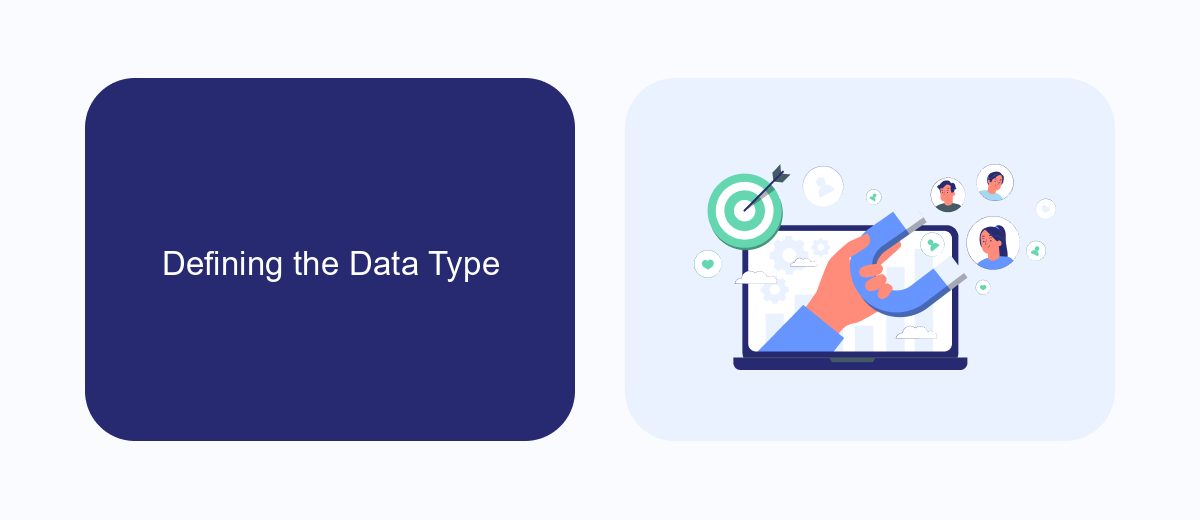Defining custom data types in MuleSoft requires precision, especially when dealing with dates. This article explores the correct way to define a custom data type where the date format starts with the year. Understanding this process is crucial for ensuring data consistency and compatibility across different systems and applications, making your MuleSoft integrations more reliable and efficient.
Introduction
Defining custom data types in MuleSoft is a critical aspect of ensuring that your integrations are both accurate and efficient. One common requirement is to define a date format where the year appears first, which can be essential for various business applications, especially those that handle international data. This guide will walk you through the correct way to achieve this in MuleSoft.
- Understanding the importance of custom data types
- Steps to define a year-first date format
- Best practices for integration
By following these steps, you can ensure that your integrations are not only compliant with your data requirements but also optimized for performance. For those who need additional support in setting up integrations, services like SaveMyLeads can offer valuable assistance. SaveMyLeads simplifies the process by providing pre-built integrations and easy-to-use tools, allowing you to focus on your core business activities.
Defining the Data Type

To define a custom data type with the year first in MuleSoft, you need to start by creating a DataWeave script. This script will transform your input data into the desired format. For instance, if you're working with dates, you can use the `date` function to format the date string in the year-first format (YYYY-MM-DD). This ensures that the data type is consistent throughout your Mule application, facilitating seamless data integration and manipulation.
Additionally, integrating services like SaveMyLeads can streamline this process by automating data transformations and integrations. SaveMyLeads allows you to configure and manage your data flow efficiently, ensuring that your custom data types are correctly formatted and integrated across various platforms. By leveraging such services, you can enhance the reliability and accuracy of your data handling within MuleSoft, reducing manual effort and minimizing errors.
Using the Data Type

When working with custom data types in MuleSoft, it's essential to define and use them correctly to ensure seamless data integration and transformation. One such custom data type is the "Date Year First," which prioritizes the year in the date format. This is particularly useful in scenarios where the year is a critical component for sorting or filtering data.
- Define the custom data type in your MuleSoft project. This involves specifying the format and any relevant constraints.
- Map incoming data to this custom data type using DataWeave transformations. Ensure that the year-first format is maintained during the transformation process.
- Utilize the custom data type in your MuleSoft flows. This can be done by setting the appropriate data type in your flow configurations and ensuring that all components recognize and handle the custom format correctly.
Integrating services like SaveMyLeads can further streamline this process. SaveMyLeads allows you to automate data collection and integration from various sources, ensuring that your custom data types are consistently applied and maintained across all your integrations. By leveraging such tools, you can enhance the accuracy and efficiency of your data workflows in MuleSoft.
Additional Features

When defining a custom date type in MuleSoft with the year first, there are several additional features that can enhance the functionality and user experience. These features not only improve the accuracy and usability of date handling but also integrate seamlessly with other systems and services.
One of the key advantages of using a custom date type is the ability to ensure consistency across different data sources and applications. This becomes particularly important in complex integration scenarios where data from multiple systems needs to be synchronized.
- Automatic date format validation
- Localization support for different regions
- Customizable error handling and logging
- Integration with external date and time services
For instance, integrating with services like SaveMyLeads can automate data synchronization between various platforms. This ensures that date information is consistently formatted and up-to-date across all connected systems, reducing manual effort and minimizing errors. By leveraging these additional features, organizations can achieve a higher level of data integrity and operational efficiency.
Conclusion
In conclusion, defining a custom data type with the date in a year-first format in MuleSoft is a crucial step for ensuring data consistency and accuracy across your integrations. By adhering to a standardized date format, you minimize the risk of errors and confusion, especially when dealing with international data exchanges where date formats can vary significantly. Utilizing MuleSoft's DataWeave language and its powerful transformation capabilities makes this task straightforward and efficient.
Moreover, leveraging integration services like SaveMyLeads can further streamline your workflow by automating data transfers and ensuring that your date formats remain consistent across different platforms. SaveMyLeads offers robust tools to simplify the integration process, reducing manual effort and enhancing data reliability. By combining MuleSoft's customization options with the automation capabilities of SaveMyLeads, you can achieve a seamless and efficient data management system that supports your business needs effectively.
FAQ
What is The Correct Way to Define the Date Year First Custom Data Type in MuleSoft?
How can I validate the custom date format in MuleSoft?
Can I use a custom date format in MuleSoft for integrations with external services?
How do I handle date conversions in MuleSoft when dealing with different time zones?
What tools can assist in automating and integrating custom date formats in MuleSoft?
What do you do with the data you get from Facebook lead forms? Do you send them to the manager, add them to mailing services, transfer them to the CRM system, use them to implement feedback? Automate all of these processes with the SaveMyLeads online connector. Create integrations so that new Facebook leads are automatically transferred to instant messengers, mailing services, task managers and other tools. Save yourself and your company's employees from routine work.
